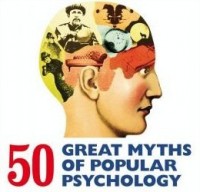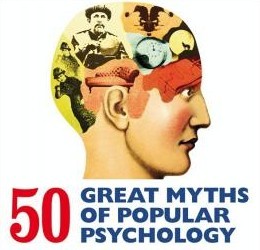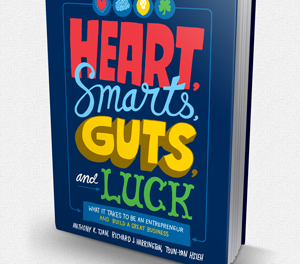 Authors: Scott O. Lilienfeld, Steven Jay Lynn, John Ruscio and Barry L. Beyerstein
Authors: Scott O. Lilienfeld, Steven Jay Lynn, John Ruscio and Barry L. Beyerstein
Publisher: Wiley-Blackwell – 332 pages
Book Review by: Paiso Jamakar
From people and in feature articles, people are fed myths about human thinking and behavior that they simply accept as truths (and even pass on to others) without critically examining if they are true or not. It is surprising that they do not bother to verify this statement because it is very easy to do so, with hundreds of knowledge sources available on the Internet.
One of the most widespread ideas that have been propagated is that most people use only 10 percent of their brain power. This is Myth # 1 examined in Chapter 1 – Myths about the Brain and Perception – among 11 other groups of myths in as many chapters in this book.
The authors point out that as much we all wish this was true, and that we could write that novel we have dreamed about or solved that mathematical puzzle we have been trying to solve for years, brain researchers have found that this statement is simply a myth. Here is what the authors write to point out that this is a myth:
“Promoters (of this myth)…imply that psychic powers reside in the 90 percent of the brain that simple folk forced to subsist on the drudge-like 10 percent haven’t yet learned to use.”
So the authors question:
“Why would a brain researcher doubt that 90 percent of the average brain remains silent? There are several reasons:
“First of all, our brain has been shaped by natural selection. Brain tissue is expensive to grow and operate; at a mere two to three percent of our body weight, it consumes over 20 percent of the oxygen we breathe. It’s implausible that evolution would have permitted the squandering of resources on a scale necessary to build and maintain such as massively underutilized organ.
“Moreover, if having a bigger brain contributes to the flexibility that promotes survival and reproduction – which are natural selections “bottom lines” – it’s hard to believe that any slight increase in processing power wouldn’t be snapped up immediately by existing systems in the brain to enhance the bearer’s chances in the continuous struggle to prosper and procreate.”
So what are some of the other 50 myths that you may have begun to, or already believe to be true?
“Some people are left-brained, others are right-brained.”
The authors point out:
“Like some other myths in this book, the one you’re about to encounter has a grain of truth to it. Nevertheless, this grain can be a bit hard to find amidst the mounds of misinformation around it.
Researchers have found that the two sides of the brain called hemispheres differ in their functions. Some abilities are more affected by injuries to one side of the brain than to the other side, as shown in brain images, the authors point out.
The most dramatic evidence of this – called laterality of function – is demonstrated in patients who undergo a “split-brain” operation. This type of surgery – cutting the nerve tracts connecting opposite points in the brain’s left and right hemispheres – is done as a last-ditch effort to control severe epilepsy in patients. After surgery, when they were tested, the two halves of their brains were working independently, with each side not aware of the knowledge of the other side.
Nevertheless, in most people, the two sides of their brains or hemispheres are much more similar than different in their functions, the authors point out.
Some of the other myths that you might have heard of that are discussed in this very interesting book are:
- Subliminal messages can persuade people to purchase products
- Playing Mozart’s music to infants boosts their intelligence
- Most people experience a midlife crisis in their 40s or early 50s
- Individuals can learn new information, like new languages, while asleep
- The polygraph (“lie detector”) test is an accurate means of detecting dishonesty
- Ulcers are caused primarily or entirely by stress
- A positive attitude can stave off cancer
- Opposites attract: we are most romantically attracted to people who differ from us
- Men and women communicate in entirely different ways
- People’s responses to inkblots tell us a great deal about their personalities.
This is a wonderful book – written by four professors of psychology in three universities in the United States and one in Canada – to explore the above myths and many others that some people have embraced as total truths.







